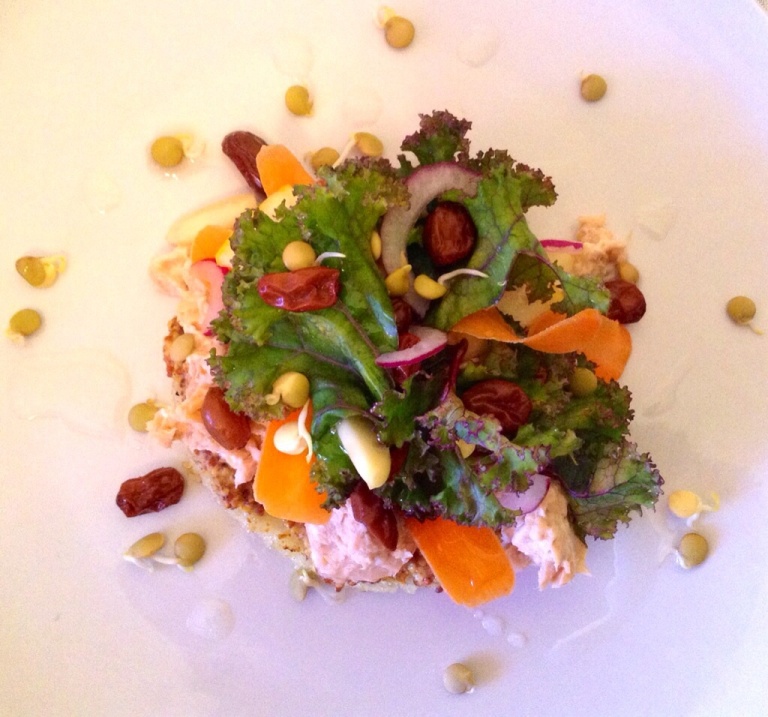Happy Columbus Day! Hopefully, many of you in the States are off for the day. After posting about basic equipment for your kitchen, I was inspired to make a batch of homemade yogurt in my slow cooker. Homemade yogurt is so easy (though I still love to purchase Noosa Honey Yogurt. SO good!). That led me to this post about fermented foods. I started to take an even greater interest in fermentation after reading about how awesome homemade sauerkraut is for us. Please follow that link for some great info on the fabulousness of fermentation.
I tried to find easy instructions for homemade yogurt to post, and I thought this link gave pretty good info: Slow Cooker Yogurt. I have made mine similar to this method. I keep the yogurt base plain and add flavorings later as desired. *This is a little off the topic, but…if you don’t fancy having a bath towel sitting on your kitchen countertop to keep your yogurt warm, you can always make a fabric cover for it. You can do one totally from scratch or take a short cut. My short cut tip is to take a pillowcase or bag with a pattern you like (perhaps matching your kitchen colors) and sew a thick material to the inside. You can also do a layer of insulation in between. Obviously you would measure it to the size of your pot. You can sew elastic around the top of the case/bag for a snugger fit. If you are a stellar sewer, though, you can just do the whole thing from a piece of fabric (and get as creative as you like). I think a quilted pattern would be cute.*
Once I have my yogurt made, I use a lined strainer to drain the liquid from it. 1 gallon of milk gives me about 2 1/2 of these 24 oz. jars.

It’s nice and thick after draining, but you can always add a little Kosher gelatin if you want. There are so many uses for your homemade yogurt, both plain and sweetened. You can use it as you would sour cream, cream cheese, creme fraiche, make frozen yogurt, add it to smoothies, and so much more. I used it to replace mayo here:

–In case you’re interested, that is salmon salad with spicy grain mustard and a carrot, homemade pickled raisins, pickled garlic, apple, red onion, and lentil sprout salad. Don’t laugh, but I got on this kick of putting things on “fried” polenta “buns.” I’m sure it’s just a phase. I used nutritional yeast in that pic (to save a few cals), but my fave is to add sharp cheddar, parm, or other cheeses. I love the toasted sesame seeds on top.–
Fruit & yogurt parfaits are one of my favorite things to make with my yogurt:

I think yogurt making is an especially fun activity for kids to watch, and you can teach them about the process of fermentation. After I have drained the liquid (whey) from my yogurt, I start on my other fermented foods. You don’t always have to use whey, but I try to make use of it. I mentioned the sauerkraut, but I’m making cultured salsas now, as well. They are both super simple.

And, I fermented beets and just a bit of kale for the first time.

The kale was an experiment. I may use it for a different spin to my Polish dogs and kraut…or something…I don’t know. I miss all the Polish food I grew up with in NY! We have a couple Polish restaurants here in Tucson, though. I need to get to them more often.
Here are a few recipes & tips to give you an idea of what to do (and why you’re doing it).
The salt you use is also very important, so this link will give you a little insight into that: Choosing Salt for Fermenting
Have a great rest of the Holiday & Happy Fermenting!


You must be logged in to post a comment.